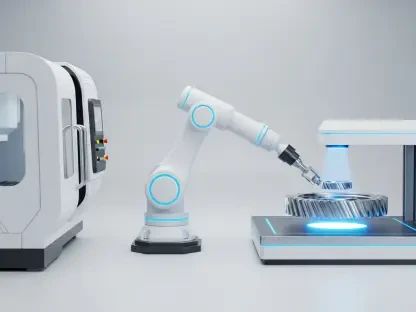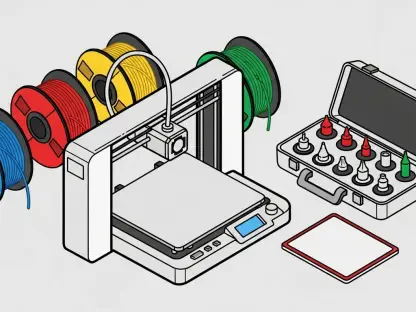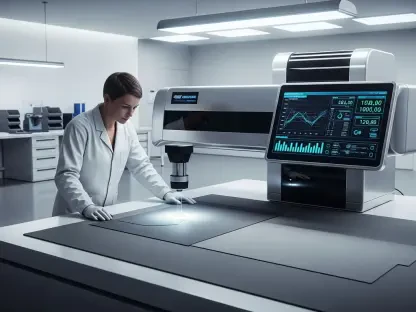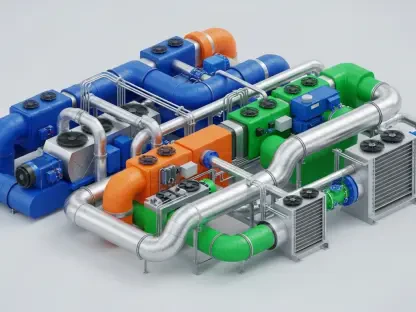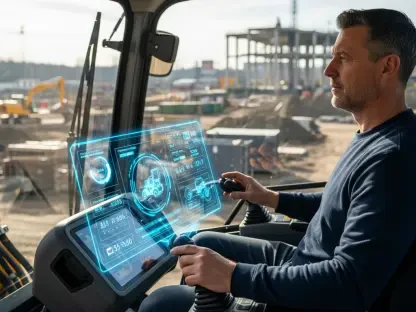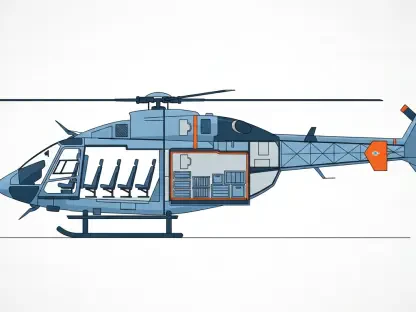The manufacturing landscape is undergoing a transformation as technological advancements drive change at an unprecedented pace. Facing increased competition and demands for efficiency, manufacturers and utility providers are adopting IT/OT convergence to create smarter, more efficient production environments. The intersection of information technology (IT) and operational technology (OT) is fostering an era of enhanced process control and real-time decision-making. But with this evolution comes heightened vulnerabilities. As OT systems, traditionally isolated for security, become increasingly connected, safeguarding them against cyber threats becomes essential. This review explores the convergence technology’s core features, its impact on industrial operations, and the critical role of cyber resilience.
Technology Features and Performance Analysis
IT/OT convergence brings together distinct systems to enable seamless operation and improved data sharing for industrial applications. At its core, this convergence revolves around breaking down longstanding silos to merge the robust capabilities of IT with the critical control aspects of OT. This shift creates a more cohesive framework for process optimization, encompassing both real-time data collection and advanced analytics.
Real-Time Data Collection
Real-time data collection is a cornerstone of IT/OT convergence, allowing instantaneous feedback and analysis that are crucial for efficient operations. This feature ensures that production systems receive continuous updates, paving the way for immediate adjustments and optimizations. The result is a significant improvement in overall efficiency and a reduction in downtime. The capacity for data to flow freely across systems also enhances visibility and transparency, providing operators with invaluable insights for strategic decision-making.
Enhanced Process Controls
The integration of enhanced process controls underscores the importance of precise management within IT/OT convergence frameworks. By bridging IT and OT disciplines, industries can implement sophisticated monitoring systems that bolster operational reliability. These controls not only fit seamlessly into existing infrastructures but also introduce cutting-edge automation capabilities. This level of integration facilitates a harmonized approach where the benefits of enhanced control are realized in both quality assurance and productivity gains.
Latest Innovations and Industry Trends
Recent years have seen numerous advancements propelling IT/OT convergence to the forefront of digital transformation initiatives. One of the major trends is the integration of Artificial Intelligence (AI) and Machine Learning (ML) into connected systems, offering predictive analytics and abnormality detection. As industries invest in these technologies, the transformative potential continues to escalate, driving the convergence’s adoption.
Moreover, the rising emphasis on cybersecurity infrastructure, supported by advanced development in network segmentation and increased encryption standards, is setting new benchmarks in data protection. Industry behavior has been noticeably shifting as organizations align their strategies with these evolving trends.
Practical Applications and Use Cases
Within industrial domains, IT/OT convergence has already demonstrated its capabilities across numerous applications. In manufacturing, real-time monitoring of equipment diagnostics helps anticipate failures, thereby preventing costly downtimes. Utility sectors leverage these integrations for better load management and energy distribution, optimizing their networks due to enhanced connectivity.
Noteworthy implementations include smart grid innovations, allowing utilities to perform at unprecedented levels of efficiency and adaptability. These real-world applications underline the promising prospects of IT/OT convergence in driving industry advancements across multiple sectors.
Challenges in Adoption
Despite the myriad advantages, the adoption of IT/OT convergence is not without its challenges. One significant hurdle rests in the technical integration complexity, where aligning disparate systems can prove difficult. Additionally, regulatory and compliance issues present further obstacles as policies struggle to keep pace with evolving technologies.
Efforts to address these challenges focus on creating standardized protocols and collaborative industry frameworks. Additionally, organizations are investing in education and workforce training to equip teams with the necessary skills to effectively navigate this complex landscape.
Future Prospects
The trajectory of IT/OT convergence is poised for growth, with continuous advancements expected to redefine conventional manufacturing and utility practices. Future breakthroughs are likely centered around increased intelligence in automation processes and even greater degrees of collaboration between digital and physical realms.
Long-term, the ability of industries to capitalize fully on convergence technologies will depend on their capacity to maintain robust cyber resilience strategies. This resilience ensures the protection and reliability critical to sustaining competitive advantages in an interconnected industrial age.
Final Reflection and Evaluation
The IT/OT convergence has reshaped the industrial sector by unifying digital and mechanical processes into cohesive systems that enhance efficiency and innovation. While challenges persist, the benefits in productivity and security are significant, making it indispensable in today’s competitive landscape. The ongoing development and adoption of cyber resilience strategies equip industries to leverage this technology securely. As the convergence unfolds, its integration promises not only to transform operational practices but also to drive future growth and sustainability across industrial sectors.



